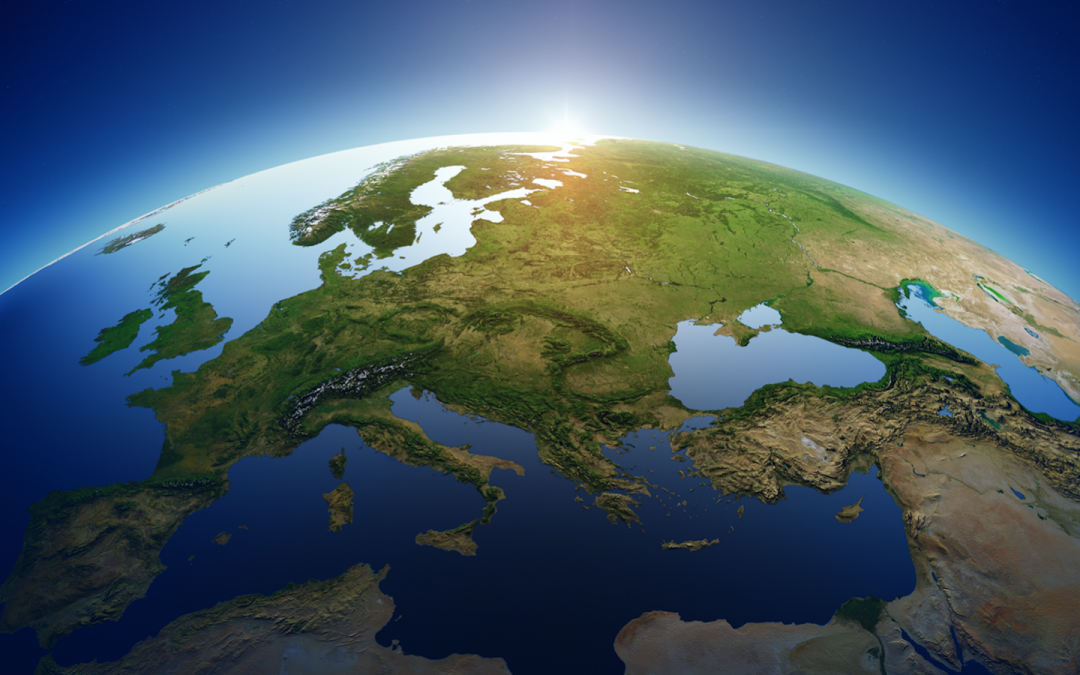Imagine for a moment that it is an elephant. Or a spotted eagle. Of yours, those of your family, there are fewer.There are thousands of animals on the planet to the brink of extinction. Exactly 3,309 species of mammals, 4,393 birds and 7,819 of fish , according to World Bank data. Toxic waste, ingesting plastic, the conversion of natural habitats into agricultural areas and illegal trade have decimated crudely these populations . That with respect to the animal kingdom, as in the plant the number of copies amounts to 14,781, almost double that of that fauna.
Species considered endangered are those that the International Union for Conservation of Nature classified as endangered, vulnerable, rare, indeterminate or insufficiently known. According to this organization, the oldest in the world dedicated to the conservation of natural resources, many other animals that are not yet threatened with extinction also decrease at an alarming rate.
But how can we know what areas are most dangerous? The country has developed an interactive computer graphics in which you can check in detail, country by country, what are the areas that are animals live longer corralled. It also click on each item to learn more about black several endangered species can. We must take into account some factors, yes. Extensive and varied ecosystems nations, such as Brazil, treasured animal and plant diversity in greater magnitude and therefore in absolute numbers of animals inextinction , are worse off.
UN urged last Wednesday, June 8, the date on which the World Oceans Day was celebrated, the preservation of the marine environment and leaving toxic waste in the water, one of the major causes animal mortality. Only in 2015 they were launched to the sea an average of 25 million kilos of plastic waste per day, of which 80% came from the mainland. Up to 267 species they would have been poisoned by ingesting plastic fragments or would have died entangled in these wastes.











